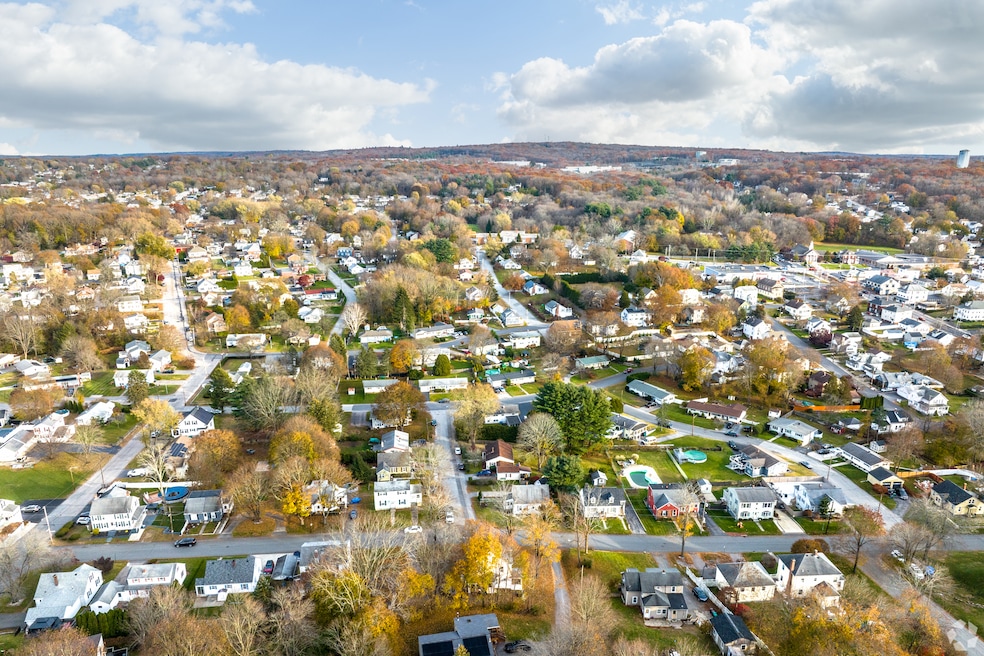Seeking to jump-start housing development in a state that has seen woefully little of it in recent years, Rhode Island officials began taking applications for $120 million in housing funds that voters agreed to pay for.
The first round of money includes $8 million to help cities and towns pay for water and sewer, road and other projects that are critical to get new neighborhoods or housing projects off the ground. Another $10 million will soon be available for rehabilitating vacant or blighted properties, and $6 million will help lower-income homeowners make repairs to their homes. In the next few months, the state plans to release another $20 million for homeownership initiatives.
“Rhode Island isn’t just talking about the housing crisis; we're building our way out of it,” Gov. Dan McKee said in a statement Tuesday. “The programs we are opening today, and those to follow, will expand opportunities for homeownership, build and preserve affordable housing, and give communities the resources they need.”
The move to issue the $120 million follows the governor’s signing of several housing bills last summer, including one to make it easier to build townhouses and another that requires local governments to allow housing in some business districts.
About two-thirds of voters gave their blessing to a $120 million housing bond bill in November 2024, amid frustration in the state over the cost of housing and the lack of new construction.
Local governments issued fewer than 3,000 permits for new homes in 2024, according to a Rhode Island Executive Office of Housing report this month, compared to more than 7,000 per year in the mid-1980s. From 2022 to 2024, about 80% of new houses were priced above $400,000, the report said, making them unaffordable for households making up to 140% of their area's median income.
State wants 15,000 new homes by 2030
The report blamed restrictive local zoning codes for making it hard to build, noting that single-family houses are the only option for builders on 87% of the state’s land. Some towns also impose excessive regulations, the report said, such as roads that are wider than necessary and granite curbs between roads and sidewalks. Outdated water and sewer lines, as well as a lack of them, are also significant problems.
“With limited staff capacity and infrastructure that has often exceeded its original design, local governments can’t make these projects work without help,” Randy Rossi, Rhode Island League of Cities and Towns executive director, said in the statement.
The Executive Office of Housing report set a goal for the state to build 15,000 new homes by the end of 2030. The state wants to see 1,000 new permits issued for homes priced below $400,000; permits for 525 accessory dwelling units; and to double permits for so-called “missing middle” housing such as duplexes and townhouses that provide more affordable options for buyers.
Additionally, the state aims to increase the rental housing supply by more than 2,000 homes over the next five years. The $120 million bond funding includes up to $27 million, for example, to help pay for new affordable rental developments.

